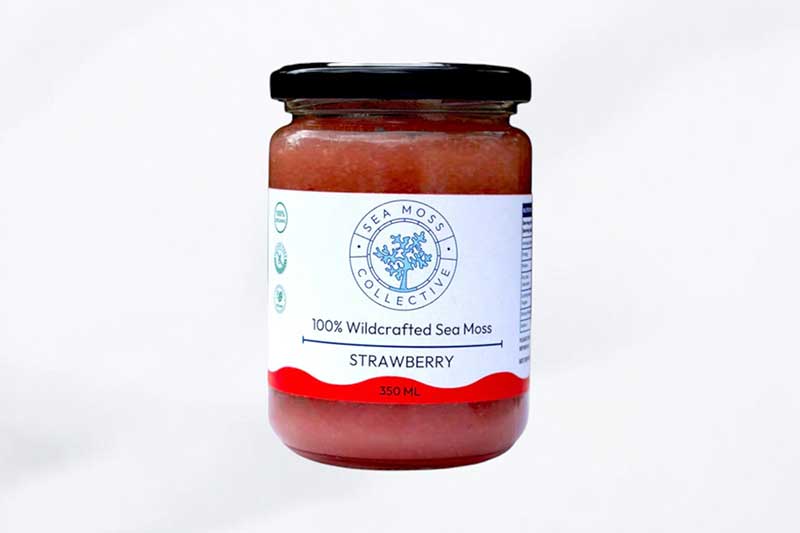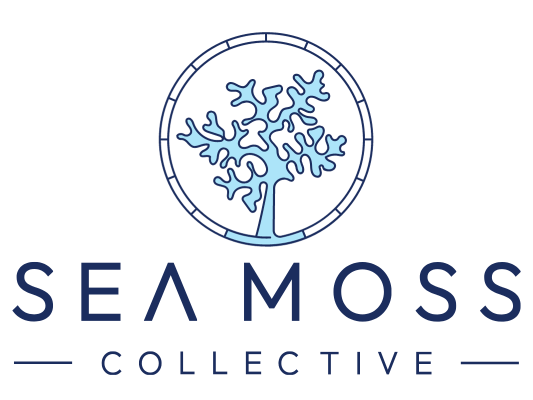Why Buying Sea Moss Gel Without Research Can Lead To Mistakes
The growing popularity of Sea Moss Gel has created a crowded marketplace where not all products meet the same quality standards. Purchasing sea moss gel without adequate research may lead to disappointing experiences and wasted investment. Understanding potential pitfalls may help you make more informed decisions.
1. Quality Variations Between Suppliers:
Not all Sea Moss products are created equal. Seaweed products can vary significantly in purity, processing methods, and final quality depending on the supplier.
Key quality concerns:
● Processing methods: Some suppliers may use inadequate cleaning processes
● Storage conditions: Improper storage may affect product freshness and safety
● Source verification: Limited transparency about where Raw Sea Moss originates
● Preparation standards: Inconsistent water-to-sea-moss ratios affecting consistency
Without research, consumers may unknowingly purchase inferior sea moss gel that doesn't meet their expectations. The quality of seaweed products depends heavily on proper handling from harvest to final preparation.
2. The Species Confusion Problem:
Multiple seaweed species are marketed as “sea moss.” Different red algae species may be sold under the same name but vary in texture, gel consistency, and growing requirements.
Considerations:
● Different characteristics: Various species have unique textures and properties.
● Gel consistency: Some species produce thicker or thinner gels.
● Growing conditions: Species thrive in different water temperatures and environments
● Authenticity concerns: Some products may not contain the species advertised.
Researching the species a supplier offers ensures you know exactly what you’re purchasing.
3. Price vs. Quality Misconceptions:
The relationship between price and quality in sea moss products isn't always straightforward. Both extremely cheap and excessively expensive products may not represent the best value.
Pricing considerations:
● Unusually low prices may indicate compromised quality or inadequate processing
● Premium pricing doesn't automatically guarantee superior Sea Moss Gel NZ
● Hidden costs, such as short shelf life or poor concentration
● Bulk discounts that may lead to waste if product expires before use
Understanding fair market pricing requires research into typical costs, processing standards, and quality benchmarks for seaweed products.
4. Inadequate Product Information:
Many suppliers provide minimal product details. Consumers need sufficient information to make informed choices.
Information gaps to watch for:
● Unclear sourcing: No details about where Raw Sea Moss was harvested.
● Processing details: Lack of transparency about preparation methods.
● Shelf life: Vague expiration or storage instructions.
● Contact information: Difficulty reaching suppliers with questions.
Products lacking comprehensive information may indicate suppliers with questionable practices. Reputable suppliers provide full transparency.
5. Food Safety and Hygiene Standards:
Natural Sea Moss products must meet food safety standards to ensure consumer protection. New Zealand maintains strict food safety regulations for all food products.
Safety considerations:
● Proper sanitization: Has the sea moss been adequately cleaned?
● Contamination risks: Was it processed in hygienic conditions?
● Testing protocols: Does the supplier conduct any quality or safety assessments?
● Storage guidelines: Are proper refrigeration requirements clearly stated?
The Ministry for Primary Industries (MPI) oversees food safety in New Zealand, ensuring that food products meet stringent safety standards. Without researching a supplier's safety practices, you may risk purchasing sea moss gel that doesn't meet basic hygiene standards.
6. Understanding Seaweed Processing Requirements:
From ocean to jar, proper handling is critical. Knowing about seaweed processing helps evaluate product quality.
Processing considerations:
● Cleaning protocols: Thorough rinsing removes salt, sand, and debris.
● Soaking: Proper rehydration ensures full expansion.
● Blending techniques: Correct ratios and methods produce smooth gel.
● Preservation: Adequate storage maintains freshness.
NIWA (National Institute of Water and Atmospheric Research) emphasizes the importance of proper handling and processing for marine products . Understanding these processes helps you evaluate whether suppliers follow best practices.
7. Understanding Your Own Needs:
Assessing your own requirements ensures the product suits your lifestyle.
Personal considerations:
● Dietary preferences: Does the product fit your diet?
● Taste and texture: Can you tolerate the product?
● Storage capacity: Do you have proper refrigeration?
● Usage intentions: How will you incorporate it into your routine?
● Lifestyle compatibility: Will you use it before it expires?
Researching your needs prevents unnecessary waste and disappointment.
Conclusion
Buying Sea Moss Gel without research can lead to wasted money and unsuitable products. Investigating suppliers, understanding species differences, verifying quality, and assessing personal needs helps improve your purchasing experience.
At Sea Moss Collective, we remove uncertainty from buying Sea Moss Gel NZ. We provide transparent sourcing, detailed product specifications, and full compliance with New Zealand food safety standards. Visit our website for more details.
Disclaimer: This article provides educational information only and does not constitute medical, health, or nutritional advice. The content is intended to help consumers make informed purchasing decisions. Please consult qualified healthcare professionals before adding any new products to your diet.

